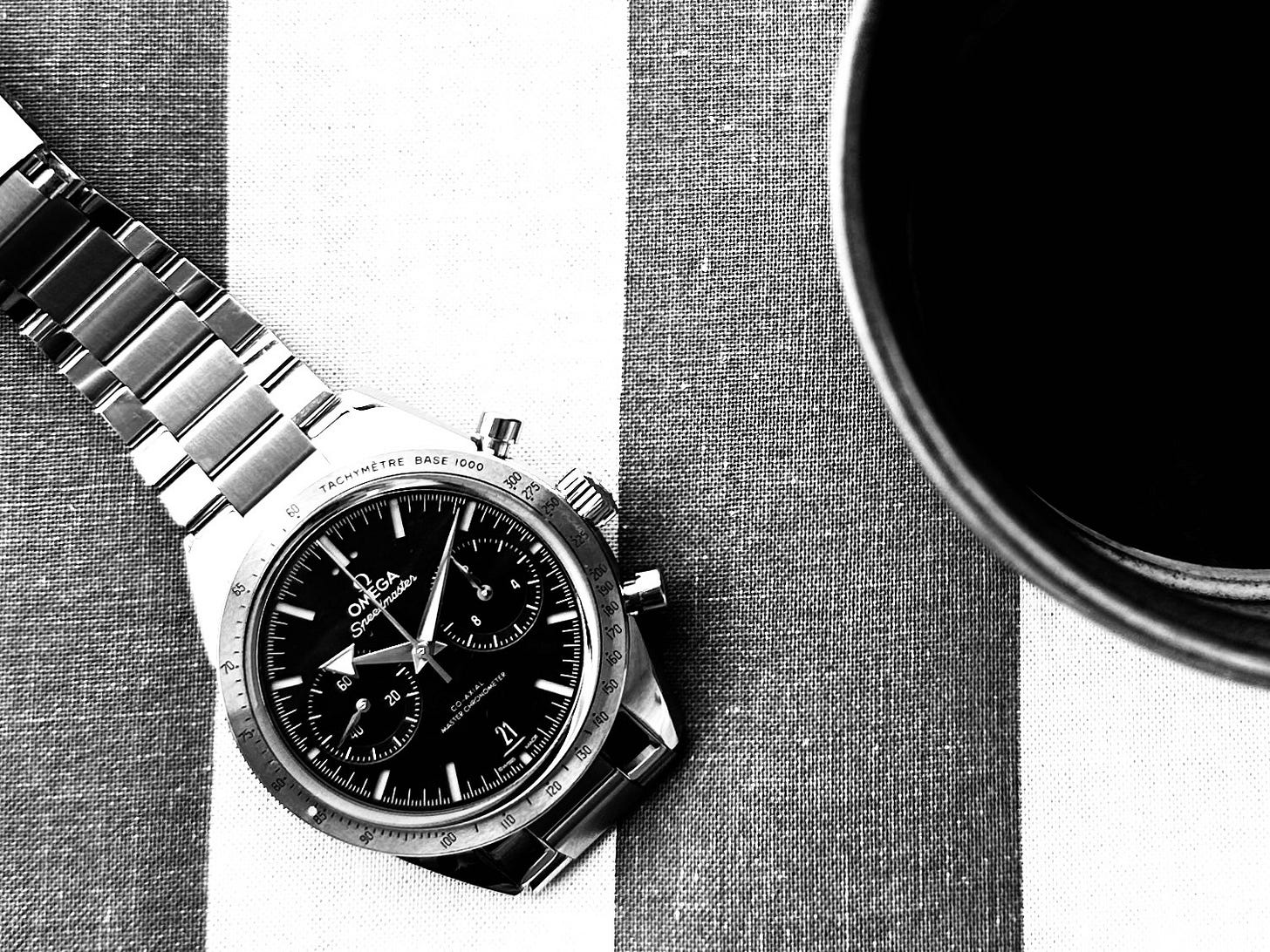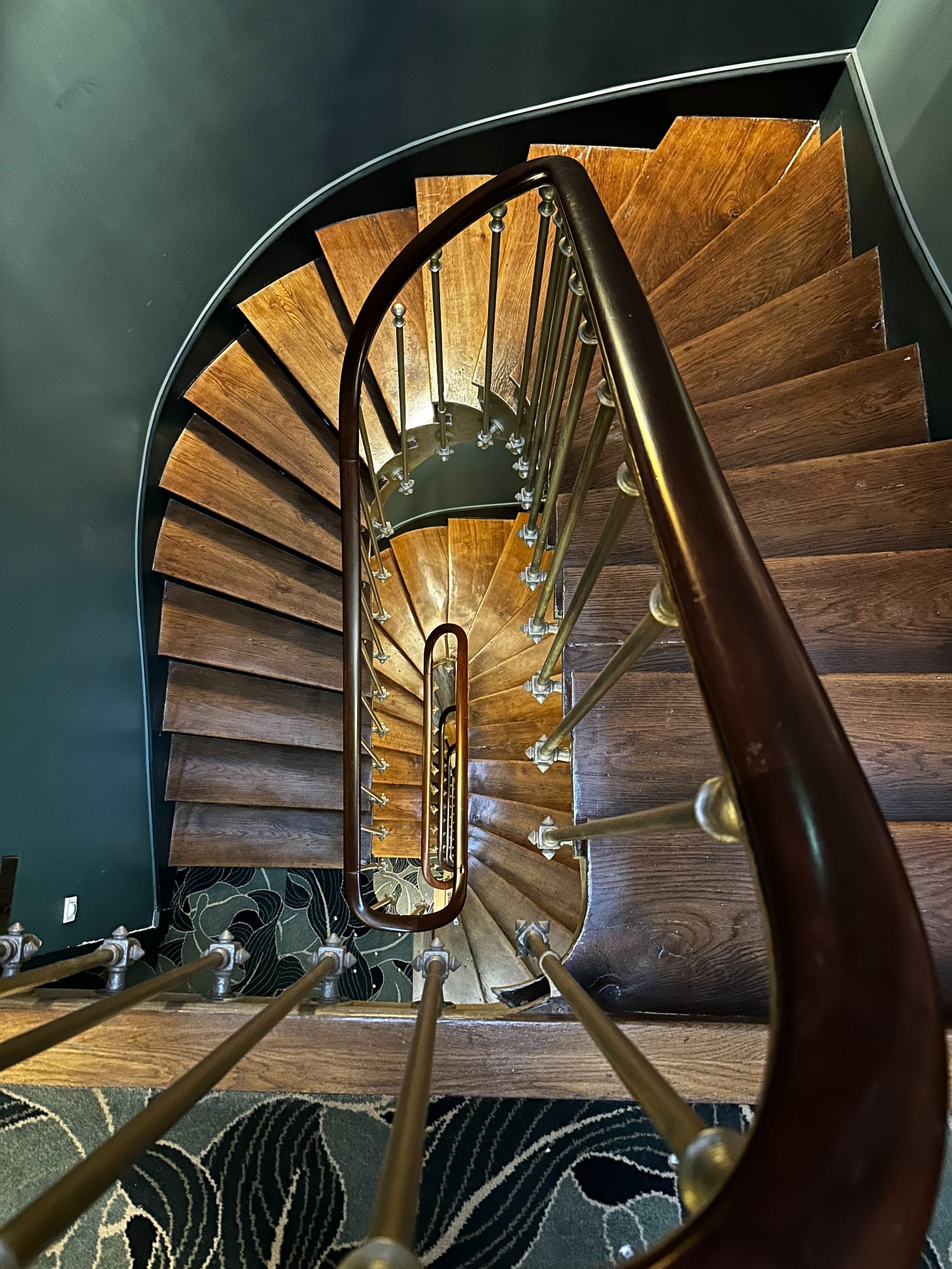Let me explain...
A cure for the preoccupation with human concerns.
There was a time when the objects we lived with carried weight. Not metaphorical weight. Actual weight.
Cold metal in the hand. Leather that softened only after months of use. A watch crown that resisted, just slightly, when you wound it each morning. The world insisted that we engage with it. That we be here, with our bodies, our senses, and our attention.
Today, almost everything is designed to remove that engagement. Smooth. Frictionless. Instant. Convenient.
And in that smoothing-over of the world, something essential has slipped away: the feeling of being grounded in reality.
Life has become easier, yes, but also thinner.
Faster, yes, but also flatter.
We can cross oceans of information in seconds, yet struggle to sit still long enough to notice the way light falls across a table at 11 in the morning.
Manifacture is an attempt to return to that feeling. Not out of nostalgia, but out of necessity.
A search for texture: the grain in old wood; the smell of petrol hanging in the air after a cold start; the quiet breathing rhythm of a mechanical movement as it ticks.
It is about people who dedicate themselves, often quietly and without applause, to making something good simply because it should be good.
Meaning isn’t found in what is easy.
Meaning comes from care — from the willingness to slow down, to notice, to choose.
This is also personal for me.
Manifacture traces my own journey into what I’ve come to call the Domain of Nice Things (or DONT).
Not “nice” as in luxurious or exclusive, but as in made with attention.
Things with presence. Things that ask something of you.
This is not a search for status. It’s a search for sensation, for grounding, for imagination — for a life that feels lived rather than skimmed.
What is Manifacture?
Manifacture is an exploration of the lives of things made with intention — and of the people who make them, use them, and are shaped by them.
It is:
A study of craft, but also of care
A record of obsession and dedication, long after practicality would have suggested stopping
An examination of how culture forms around objects — how certain things become iconic and continue to spark imagination across generations
A practice of paying attention
An invitation to see the world differently
The main work of Manifacture will take the form of volumes — small book-like studies, each devoted to a single subject: watches, leather, cars, wood, bespoke, coffee, type, furniture.
But this Substack is the field notebook, where the fragments gather:
Observations
Encounters
Conversations
Questions without answers yet
Sparks of future volumes
The ideas that arrive only when not forced
This space is where Manifacture unfolds in real time.
Imperfect. In motion. Alive.
Who is it for?
It is for the one who has felt, even briefly, the quiet ache for something real.
For someone who wants:
Slowness rather than escape
Depth rather than novelty
Tangibility rather than spectacle
Care rather than convenience
A life lived in closer contact with the world
Not more dramatic.
Not more glamorous.
Just more felt.
If that feeling rings even faintly, you’re already inside.
What’s on the other side?
The goal is not to acquire knowledge or taste.
The goal is for your attention to shift.
To begin noticing:
The weight of things
The patience in things
The stories objects carry, and the stories they allow you to tell
To choose what enters your life with intent.
To move through the world more slowly, deliberately, awake.
To remember how to imagine.
Imagination is not a luxury.
It is how we decide what to reach for.
It is how we steer.
Manifacture is the practice of learning to steer again.
— MDG
A cure for the preoccupation with human concerns.




